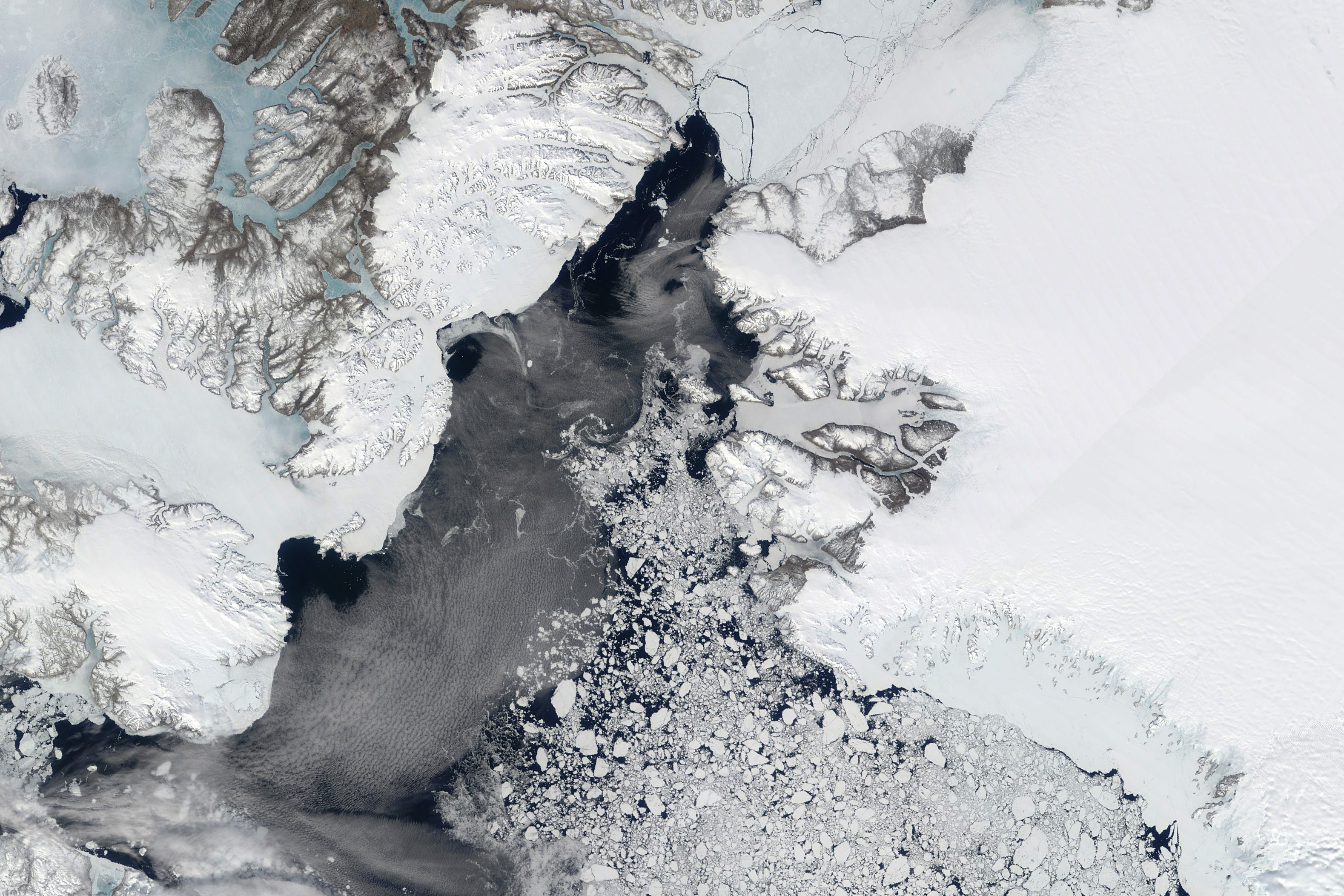NASA reports Arctic sea ice decline accelerates: Down 12% every decade since 1980
August 27, 2024
127

NASA’s latest Arctic field campaign has provided crucial new insights into the dynamics of sea ice in the Arctic. The Arctic Radiation-Cloud-Aerosol-Surface Interaction Experiment (ARCSIX) focused on understanding the rapid changes in sea ice during the summer melt season. Key findings reveal that sea ice decline has been accelerating in the past 40 years:
- Sea ice trends:
-
- Arctic sea ice has been shrinking at an alarming rate, with minimum extents declining by about 12% per decade since 1980.
- Multiyear sea ice, once dominant, has drastically decreased, highlighting a dramatic shift in ice thickness and coverage.
-
- Field research:
-
- In the summer of 2024, a team of scientists from several leading institutions conducted an extensive field study in northern Greenland.
-
- Objective:
-
- The primary goal was to measure and analyze the evolution of Arctic sea ice, particularly in one of the last regions with significant multiyear sea ice.
- Researchers aimed to understand the impact of atmospheric and oceanic conditions on the ice’s retreat.
-
- Impact of clouds:
-
- Data collected included detailed observations of low, thin clouds and their influence on sea ice melting.
- Clouds play a dual role; they can either warm or cool the ice surface based on their properties, significantly affecting melting rates.
-
- Aerosol impact:
-
- The study also explored how aerosols, such as dust and smoke, interact with clouds and influence their properties, which in turn impacts sea ice dynamics.
-